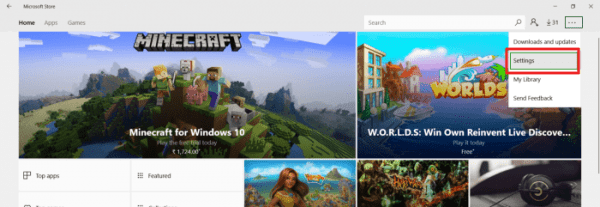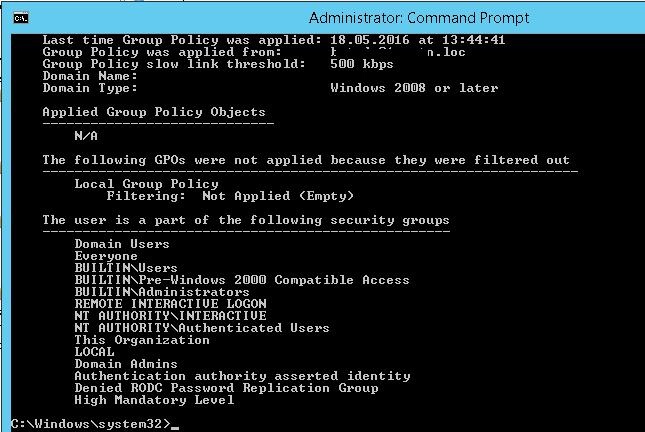

If you want to back out this tweak, you simply need to open up registry editor and delete the entire "AU" key listed in the path above which will also delete the four DWORD's created by the registry import.Microsoft stopped releasing previews of updates for the company's Windows 10 operating system and other operating systems that it maintains in March. You will see that it is creating four DWORD's under HKEY_LOCAL_MACHINE\SOFTWARE\Policies\Microsoft\Windows\WindowsUpdate\AU.

If you would like to see what it is setting, open up the registry file in Notepad. Simply download the file, and then double click it to import. The easiest way to configure Windows Updates to prompt before installing updates is to simply download and import a special registry file by clicking here. Since the Local Group Policy Editor is not included in the base edition of Windows 10, we must use registry tweaks to change the way Automatic Updates behaves. Option B - For Windows 10 (base edition aka home edition)
When finished simply click OK and close the Local Group Policy Editor. Set the policy to Enabled and then set the option for Configure automatic updating to "3 - Auto download and notify for install." If you want more flexibility, you can also select "2 - Notify for download and auto install" or "4 - Auto download and schedule the install.". Alternatively, right click on it and select Edit. Scroll through the list of policy items until you find Configure Automatic Updates and double click it to open. Navigate through Computer Configuration, Administrative Templates, Windows Component and finally Windows Update. The Local Group Policy Editor will load.  Click on the start button, key in gpedit.msc and hit Enter. Option A - For Windows 10 Pro & Enterprise The second method is for people with the basic version of Windows 10. The first requires Windows 10 Pro or Windows 10 Enterprise as it requires Group Policy. I am going to show you two ways to configure Windows 10 to prompt when it is ready to install updates. So rather than disable automatic updates completely which is just a terrible idea, how about configuring Windows 10 to prompt when an update is ready to be installed? But for advanced users that prefer more control, it can be incredibly annoying. This is perfect for the average consumer that doesn't want to worry about maintaining yet another thing. That is why I'm very happy that Microsoft has taken an aggressive approach by automatically installing updates when they become available by default. In addition, an up-to-date PC is less likely to be infested with malware which is not just bad for you, but its bad to everyone else in the world if it ends up in a botnet. Keeping your Windows PC up to date is the most important thing you can do to keep your personal information secure.
Click on the start button, key in gpedit.msc and hit Enter. Option A - For Windows 10 Pro & Enterprise The second method is for people with the basic version of Windows 10. The first requires Windows 10 Pro or Windows 10 Enterprise as it requires Group Policy. I am going to show you two ways to configure Windows 10 to prompt when it is ready to install updates. So rather than disable automatic updates completely which is just a terrible idea, how about configuring Windows 10 to prompt when an update is ready to be installed? But for advanced users that prefer more control, it can be incredibly annoying. This is perfect for the average consumer that doesn't want to worry about maintaining yet another thing. That is why I'm very happy that Microsoft has taken an aggressive approach by automatically installing updates when they become available by default. In addition, an up-to-date PC is less likely to be infested with malware which is not just bad for you, but its bad to everyone else in the world if it ends up in a botnet. Keeping your Windows PC up to date is the most important thing you can do to keep your personal information secure.







 0 kommentar(er)
0 kommentar(er)
